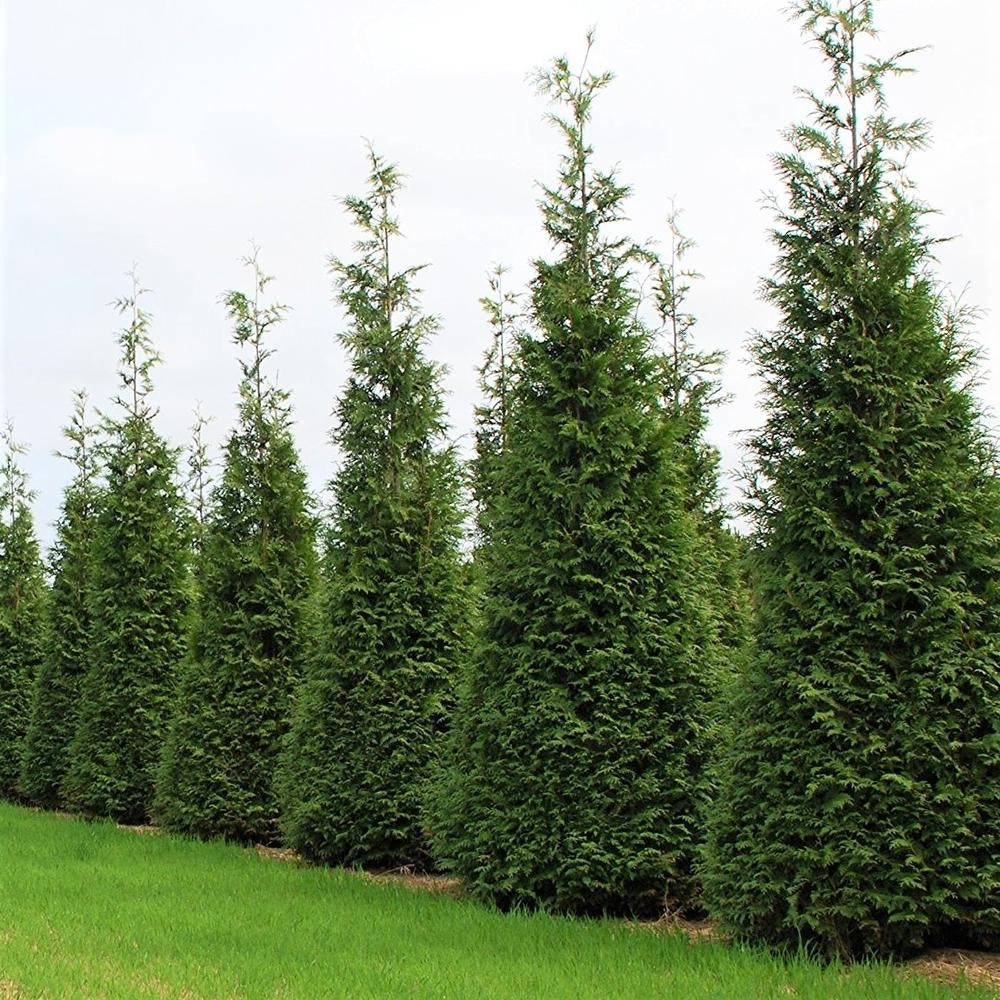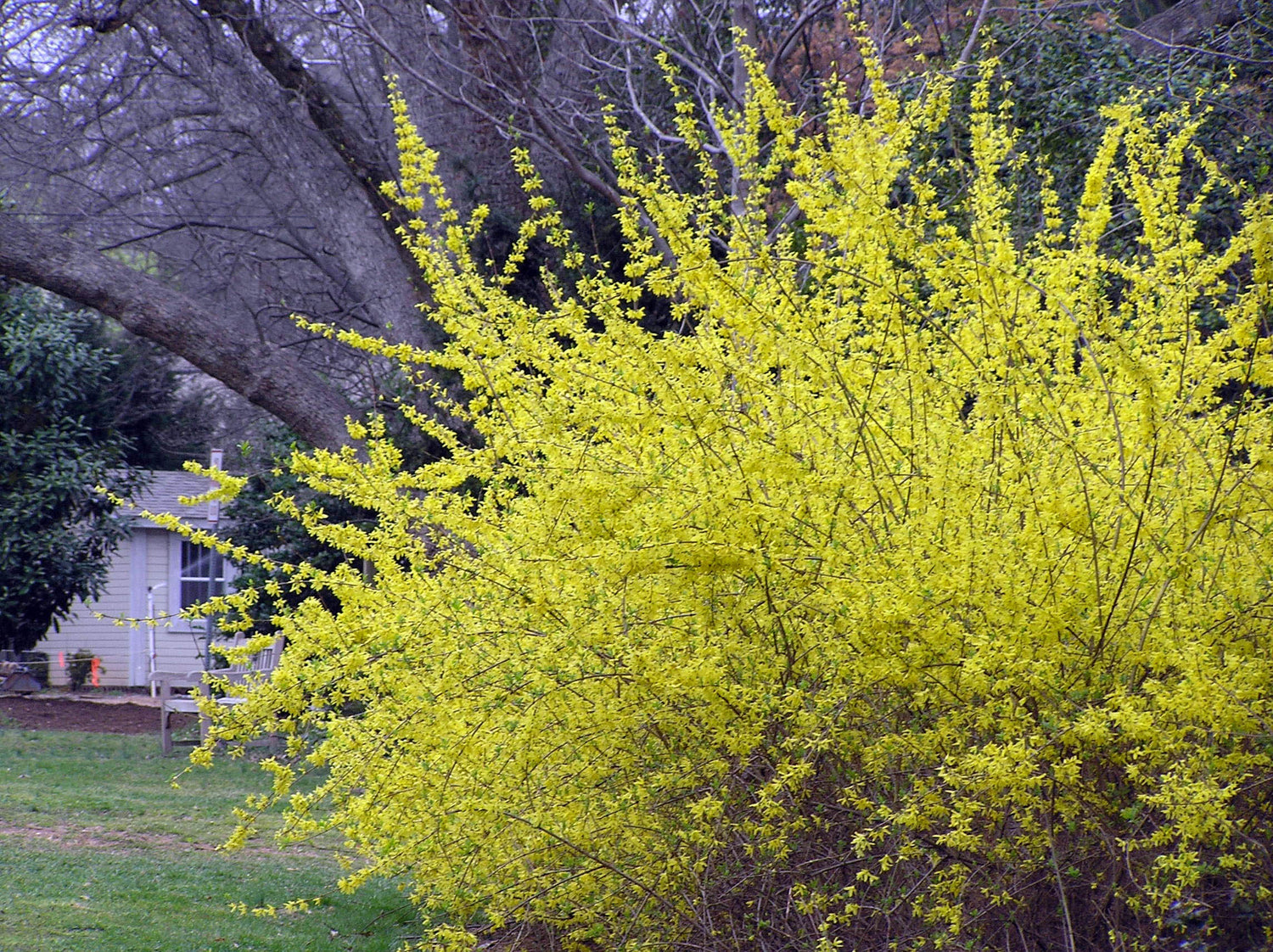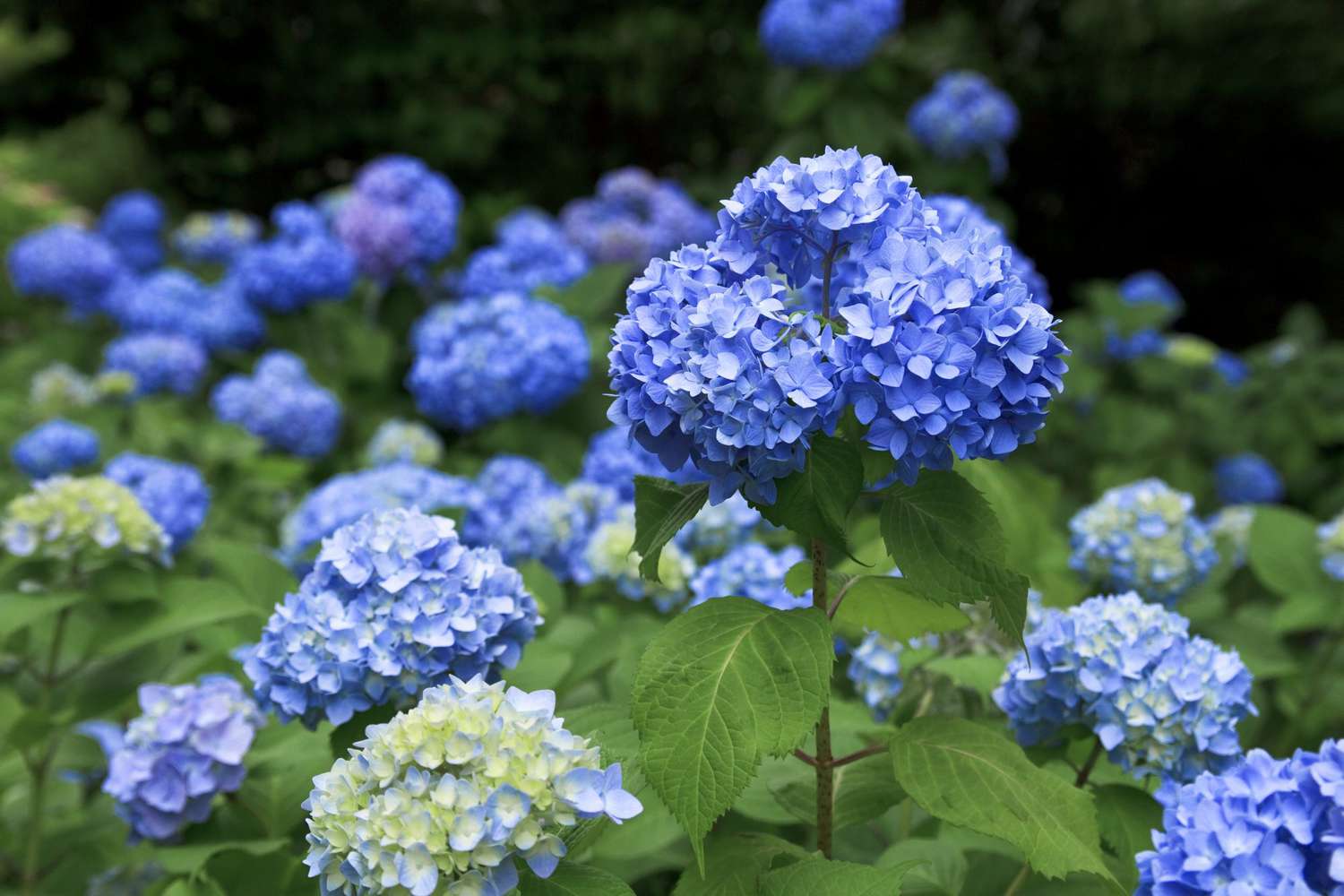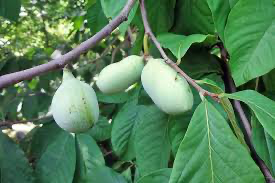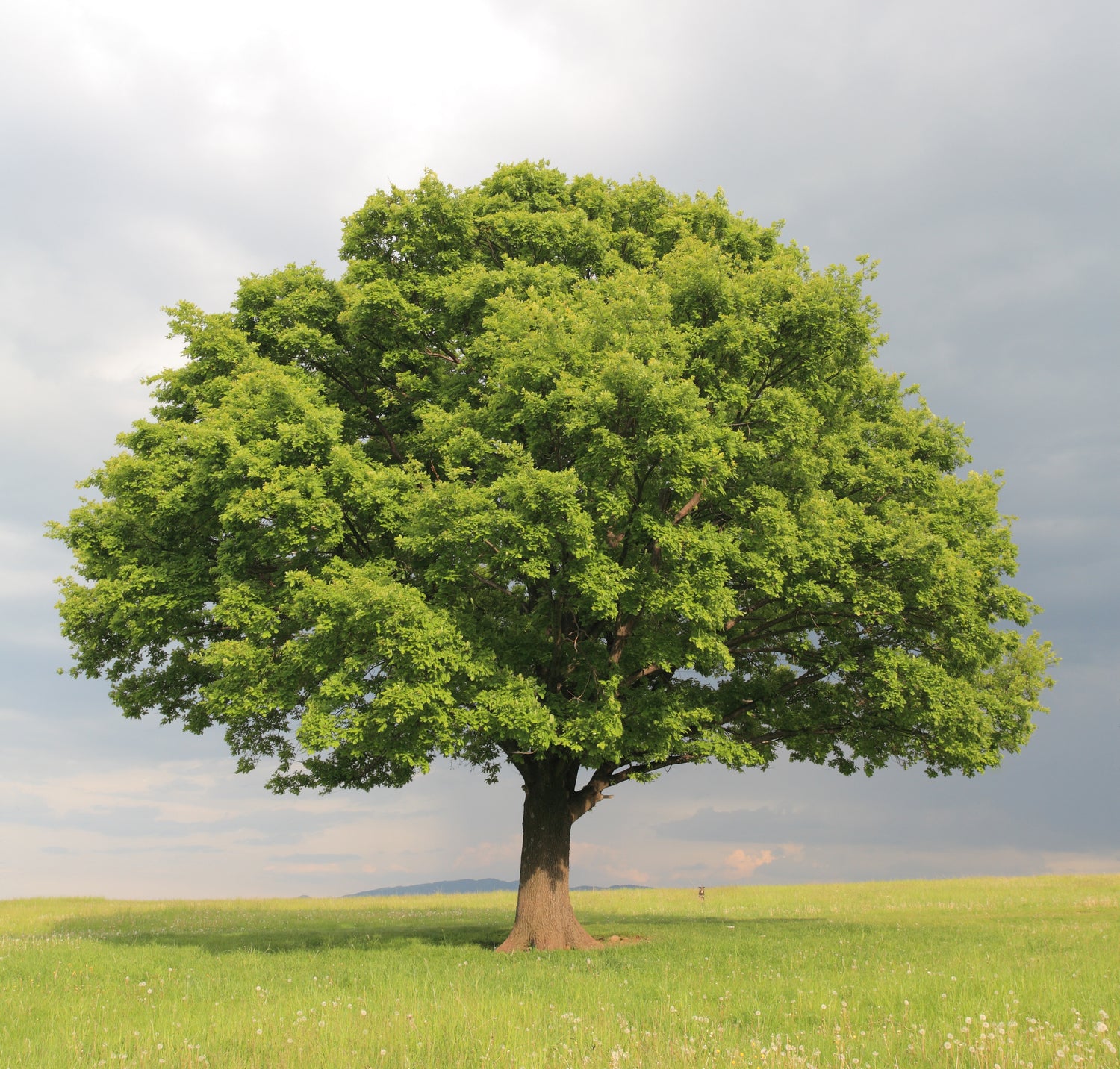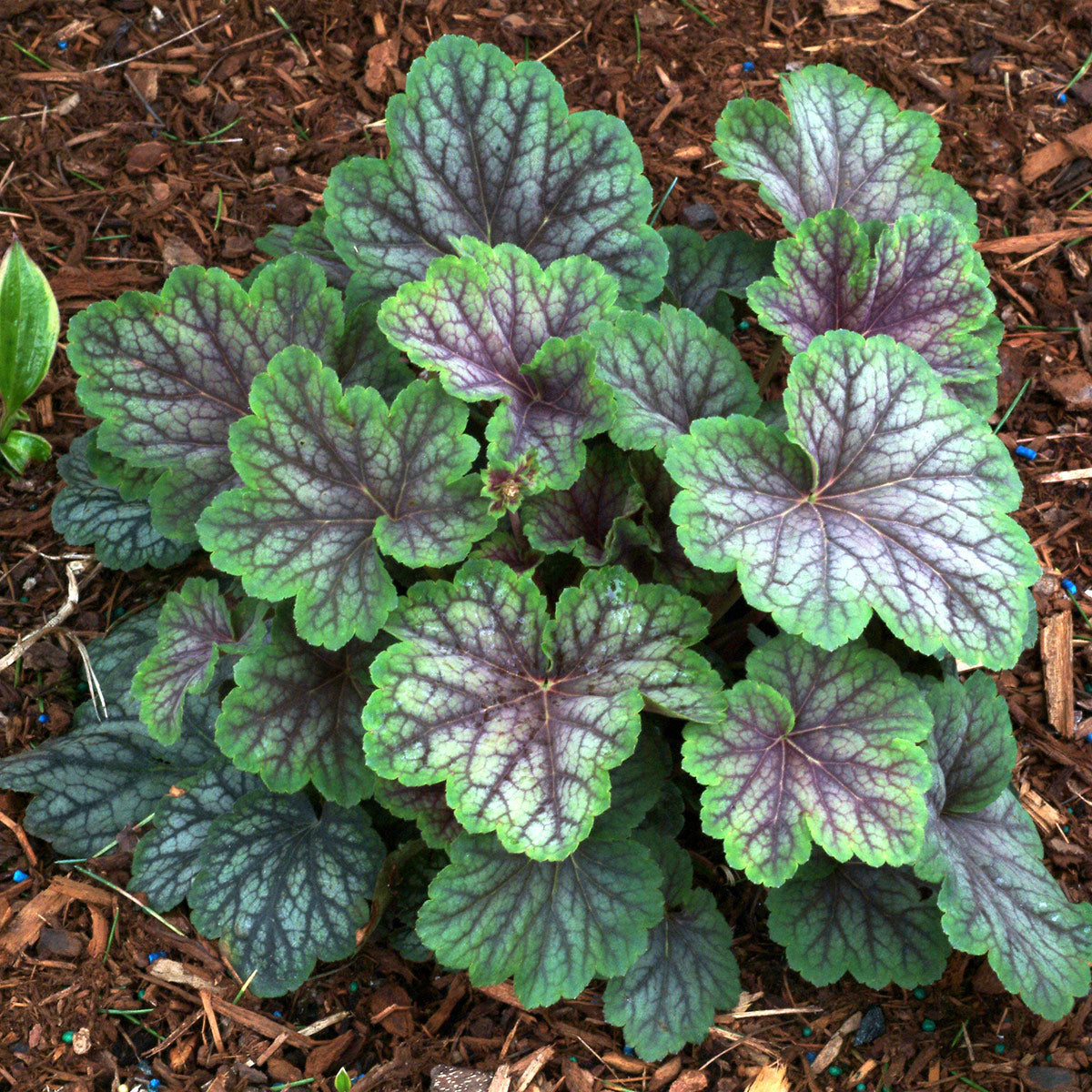At Weaver Family Farms Nursery, we understand the joy that comes from growing your own food, especially when it’s something as delicious as almonds. The Halls Hardy Almond tree is a standout choice for gardeners and nut enthusiasts alike. Known for its remarkable resilience and the delectable nuts it produces, this tree is a delightful addition to any garden or orchard. Whether you’re looking to expand your homegrown food options or simply want to enjoy the beauty and bounty of this hardy tree, the Halls Hardy Almond is worth considering.
The Halls Hardy Almond tree isn’t just any almond tree—it’s specifically bred to thrive in challenging conditions where other almond varieties might struggle. Its ability to withstand colder climates makes it particularly appealing for those living in regions with harsh winters. But beyond its hardiness, this tree offers a bountiful harvest of rich, flavorful almonds that can be enjoyed in a variety of ways.
In this article, we’ll delve into the key characteristics of the Halls Hardy Almond tree, provide tips on how to cultivate it successfully, and explore the many ways you can enjoy its delicious almonds. Whether you’re an experienced gardener or just starting out, we’re here to help you make the most of your Halls Hardy Almond tree.

Halls Hardy Almond Tree Characteristics
When choosing a tree for your garden or orchard, understanding its characteristics is key to ensuring it thrives in its new environment. The Halls Hardy Almond tree is renowned for several traits that make it a standout option for both novice and experienced gardeners. Let’s take a closer look at what makes this tree so special.
Resilience and Adaptability
One of the most remarkable features of the Halls Hardy Almond tree is its resilience. Unlike other almond varieties that require milder climates, this tree is known for its ability to withstand colder temperatures. It’s particularly well-suited for regions with harsh winters, making it a great choice for gardeners in the northern parts of the country. Whether you’re dealing with frost or fluctuating temperatures, the Halls Hardy Almond tree is up to the challenge.
In addition to its cold hardiness, this tree is highly adaptable to different soil conditions. While it thrives in well-drained soil, it can still manage in less-than-ideal conditions. This adaptability means that even if your garden’s soil isn’t perfect, your Halls Hardy Almond tree can still flourish with the right care.
If you’re looking for a resilient and adaptable tree to add to your garden, the Halls Hardy Almond is a fantastic choice. You can explore our food trees collection to find this and other robust varieties that can thrive in challenging environments.
Self-Fertility and Pollination
Another distinct advantage of the Halls Hardy Almond tree is its self-fertility. This means that the tree can produce almonds on its own without needing another almond tree nearby for cross-pollination. For gardeners with limited space or those who prefer simplicity, this feature is a significant benefit. However, if you’re aiming for the highest possible yield, planting another almond variety nearby can enhance pollination and boost the overall nut production.
The self-fertile nature of the Halls Hardy Almond tree makes it an excellent option for smaller gardens or urban settings where space is at a premium. With just one tree, you can enjoy a satisfying harvest of delicious almonds.
Nut Quality and Flavor
The true reward of growing a Halls Hardy Almond tree lies in its almonds. These nuts are known for their rich, buttery flavor and satisfying crunch, making them a favorite among nut enthusiasts. Whether you enjoy them raw, roasted, or incorporated into various culinary creations, the almonds from this tree are sure to delight your taste buds.
The quality of the almonds is another reason why this tree is so popular. They’re versatile enough to be used in everything from healthy snacks to gourmet dishes, adding a delightful nuttiness to any recipe. If you’re interested in exploring more nut-bearing trees, check out our nuts and food collection for a variety of options that can complement your Halls Hardy Almond tree.
Cultivation Tips for the Halls Hardy Almond Tree
Growing a Halls Hardy Almond tree is a rewarding experience, especially when you follow some essential cultivation tips. At Weaver Family Farms Nursery, we want to help you get the most out of your almond tree, so we’ve put together some practical advice on site selection, pruning, watering, and fertilization to ensure your tree thrives and produces a bountiful harvest.
Site Selection and Soil Requirements
The first step in successfully growing a Halls Hardy Almond tree is choosing the right location. This tree loves the sun, so it’s important to plant it in a spot where it will receive full sun exposure for most of the day. Adequate sunlight is crucial for healthy growth and abundant nut production.
When it comes to soil, the Halls Hardy Almond tree prefers well-drained soil with a pH level between 6.0 and 7.5. If your soil is heavy or tends to retain water, consider improving drainage by incorporating organic matter such as compost or aged manure. This not only helps with drainage but also provides essential nutrients that support the tree’s overall health and productivity.
Proper soil preparation can make a big difference in how well your tree performs. If you’re unsure about the soil conditions in your garden or need help preparing the site, our frequently asked questions page offers more detailed information on getting started.
Pruning and Training
Pruning is an important part of maintaining the health and productivity of your Halls Hardy Almond tree. Regular pruning helps to shape the tree, remove dead or diseased branches, and promote better air circulation within the canopy, which is vital for preventing disease and encouraging healthy growth.
We recommend pruning your tree during the dormant season, typically in late winter or early spring before new growth begins. Focus on removing any damaged or crossing branches, as well as thinning out dense areas to allow sunlight to penetrate the interior of the tree.
Training your Halls Hardy Almond tree to a central leader or open-vase shape is beneficial for light penetration and nut development. A central leader shape, where a single main trunk is encouraged, is ideal for strong structural growth. An open-vase shape, where the center of the tree is kept open, allows for optimal sunlight exposure and airflow.
If you’re new to pruning or looking for more tips, be sure to check out our guide on "The Power of Leaves: Transform Your Garden with Sustainable Mulching" for additional advice on maintaining healthy trees.
Watering and Fertilization
While the Halls Hardy Almond tree is relatively drought-tolerant once established, it still requires regular watering, especially during dry periods or when the tree is flowering and developing nuts. Consistent moisture is key to supporting vigorous growth and maximizing nut production.
To ensure your tree gets the water it needs, we recommend watering deeply and thoroughly, allowing the soil to dry slightly between watering sessions. This encourages deep root growth, which is important for the tree’s stability and drought resistance.
In addition to watering, fertilization is crucial for providing the nutrients your Halls Hardy Almond tree needs to thrive. A balanced, slow-release fertilizer applied in early spring and again in late summer can help promote strong growth and abundant almond production. Be mindful not to over-fertilize, as too much fertilizer can lead to excessive foliage growth at the expense of nut development.
For more insights on how to support the growth of your Halls Hardy Almond tree, explore our article on "How Fast Will My Tree Grow" to better understand the growth stages and expectations.
Culinary Delights with Halls Hardy Almonds
The Halls Hardy Almond tree doesn’t just add beauty to your garden—it also offers a delicious harvest of almonds that can be enjoyed in a variety of ways. Whether you prefer your almonds raw, roasted, or as a key ingredient in your favorite recipes, the nuts from this resilient tree are sure to delight your taste buds. Let’s explore some of the culinary possibilities that Halls Hardy almonds bring to the table.
Raw and Roasted Almonds
One of the simplest and most satisfying ways to enjoy Halls Hardy almonds is to eat them raw or lightly roasted. Raw almonds have a delicate, buttery flavor and a satisfying crunch, making them a perfect snack on their own. They’re also a great addition to trail mixes, salads, and granola, providing a boost of protein and healthy fats.
If you prefer a more intense flavor, roasting your almonds is the way to go. Lightly roasting Halls Hardy almonds in the oven brings out their natural oils, enhancing their flavor and giving them a deliciously crisp texture. You can enjoy them as a snack, toss them with your favorite spices for a savory treat, or add them to dishes like roasted vegetables and grain bowls for extra crunch and flavor.
Culinary Creations
Halls Hardy almonds are incredibly versatile in the kitchen, lending their rich flavor and texture to a wide range of culinary creations. Here are a few ideas to get you started:
-
Almond-Crusted Chicken: Use crushed Halls Hardy almonds as a coating for chicken breasts or tenders. The almonds add a nutty flavor and a satisfying crunch that pairs perfectly with tender, juicy chicken.
-
Homemade Almond Butter: Blend roasted Halls Hardy almonds in a food processor to create smooth, creamy almond butter. Spread it on toast, mix it into oatmeal, or use it as a dip for fruit—there’s no wrong way to enjoy almond butter!
-
Almond Milk: Making your own almond milk is easier than you might think. Simply soak Halls Hardy almonds overnight, then blend them with water and strain to create a creamy, dairy-free milk that’s perfect for smoothies, coffee, or baking.
-
Almond-Infused Desserts: Whether you’re baking almond cookies, cakes, or creating almond-topped pastries, Halls Hardy almonds bring a rich nuttiness and texture that can elevate your desserts. Their flavor complements everything from chocolate to fruit, making them a versatile ingredient in the pastry kitchen.
If you’re looking for more inspiration on how to incorporate almonds into your meals, check out our blog on "Effortless Lawn Care" for tips on maintaining a garden that can provide fresh ingredients, including Halls Hardy almonds, for your culinary adventures.
Pros and Cons of the Halls Hardy Almond Tree
Like any tree, the Halls Hardy Almond comes with its own set of advantages and challenges. Understanding these pros and cons will help you make an informed decision about whether this tree is the right fit for your garden or orchard. At Weaver Family Farms Nursery, we believe that knowing what to expect can make all the difference in your gardening experience.
Pros of the Halls Hardy Almond Tree
-
Late Blooming: One of the standout features of the Halls Hardy Almond tree is its late blooming nature. This characteristic is particularly beneficial in regions that experience late frosts, as it helps the tree avoid frost damage that can affect the blossoms and reduce nut production. If you live in an area with unpredictable spring weather, this tree’s late bloom can be a significant advantage.
-
Disease Resistance: The Halls Hardy Almond tree is known for its resistance to fungal diseases, which can be a common issue for other almond varieties. This resilience makes it a more reliable choice for growers who want to avoid the headaches of dealing with frequent disease problems.
-
Self-Pollination: Unlike some almond varieties that require a second tree for pollination, the Halls Hardy Almond tree is self-pollinating. This means you don’t need to plant multiple trees to enjoy a good harvest, making it a convenient option for those with limited space.
-
Unique Flavor: The almonds produced by the Halls Hardy Almond tree have a distinct flavor, often described as reminiscent of almond extract. This unique taste sets them apart from other varieties and makes them a special addition to your pantry.
Cons of the Halls Hardy Almond Tree
-
Hard Shell: One of the main drawbacks of the Halls Hardy Almond tree is the hard shell of its almonds. The nuts have a thick, peach pit-like shell that can be difficult to crack, making the process of enjoying these almonds more labor-intensive than other varieties.
-
Potential Toxicity: The almonds from the Halls Hardy Almond tree contain amygdalin, a compound that can convert to cyanide in the intestines. While the almonds are edible, it’s important to consume them in moderation to avoid any potential health risks. The strong aroma of benzaldehyde in the nuts is an indicator of this compound, and caution should be exercised when consuming them raw.
-
Limited Yield: The yield from a Halls Hardy Almond tree can be relatively small, especially in the first few years after planting. If you’re looking for a high-yielding almond tree, this variety might require some patience as it matures and becomes more productive over time.
-
Labor-Intensive Processing: Due to the hard shell, processing these almonds can be time-consuming and may require tools like hammers or nutcrackers. The labor-intensive nature of cracking these nuts can be a downside for those looking for a more straightforward almond variety to harvest and enjoy.
Understanding these pros and cons will help you determine whether the Halls Hardy Almond tree aligns with your gardening goals. If you’re looking for a resilient tree with a unique flavor, and you’re willing to put in the effort to crack those tough shells, this tree can be a rewarding addition to your garden.
Questions and Answers About the Halls Hardy Almond Tree
At Weaver Family Farms Nursery, we often get questions from gardeners interested in growing the Halls Hardy Almond tree. To help you better understand this unique tree, we’ve compiled some of the most frequently asked questions along with detailed answers. Whether you’re curious about how long it takes for the tree to produce nuts or whether it’s suitable for colder climates, we’ve got you covered.
How long does it take for a Halls Hardy Almond Tree to start producing nuts?
The Halls Hardy Almond tree typically begins to bear nuts within 3 to 5 years after planting. This timeframe can vary depending on factors such as the growing conditions, the health of the tree, and the care it receives. During the first few years, the tree focuses on establishing its root system and growing strong branches, which are crucial for supporting future nut production. With proper care, you can expect a rewarding harvest in just a few years.
Is the Halls Hardy Almond Tree suitable for colder climates?
Yes, one of the most significant advantages of the Halls Hardy Almond tree is its suitability for colder climates. This tree is particularly well-suited for regions with harsh winters, such as the Pacific Northwest, where late frosts are common. Its late blooming nature helps it avoid frost damage, making it a reliable choice for gardeners in cooler areas who want to grow their own almonds.
Can I eat the almonds from a Halls Hardy Almond Tree raw?
While the almonds from a Halls Hardy Almond tree are edible, they contain amygdalin, which can convert to cyanide in the intestines if consumed in large quantities. Because of this, it’s important to consume these almonds in moderation. Additionally, the almonds have a hard shell that can make them more challenging to process. If you’re planning to eat them raw, be sure to crack them carefully and consider roasting them to reduce potential risks.
Do I need to plant more than one Halls Hardy Almond Tree for pollination?
No, you do not need to plant more than one Halls Hardy Almond tree for pollination. This tree is self-pollinating, which means it can produce almonds on its own without requiring a second tree for cross-pollination. However, planting another almond variety nearby can enhance pollination and potentially increase the overall yield, so it’s something to consider if you have the space.
What are the main challenges of growing a Halls Hardy Almond Tree?
The main challenges of growing a Halls Hardy Almond tree include dealing with the hard, peach pit-like shell of the nuts, which can make them difficult to crack and process. Additionally, the almonds contain amygdalin, so they should be consumed in moderation due to potential toxicity. The tree’s yield can also be relatively small in the early years, requiring patience as it matures. Finally, the labor-intensive process of cracking the nuts can be time-consuming and may require special tools.
How do I care for a Halls Hardy Almond Tree?
Caring for a Halls Hardy Almond tree involves regular watering, especially during dry periods, to ensure the tree remains healthy and productive. The tree should be planted in well-draining soil and in a location that receives full sunlight for optimal growth. Pruning is also important to maintain the tree’s shape, improve air circulation, and encourage better nut production. Additionally, applying a balanced fertilizer in the spring and late summer can provide the nutrients necessary for vigorous growth. For more detailed guidance on tree care, check out our blog on "When Is the Best Time to Plant a New Tree".






